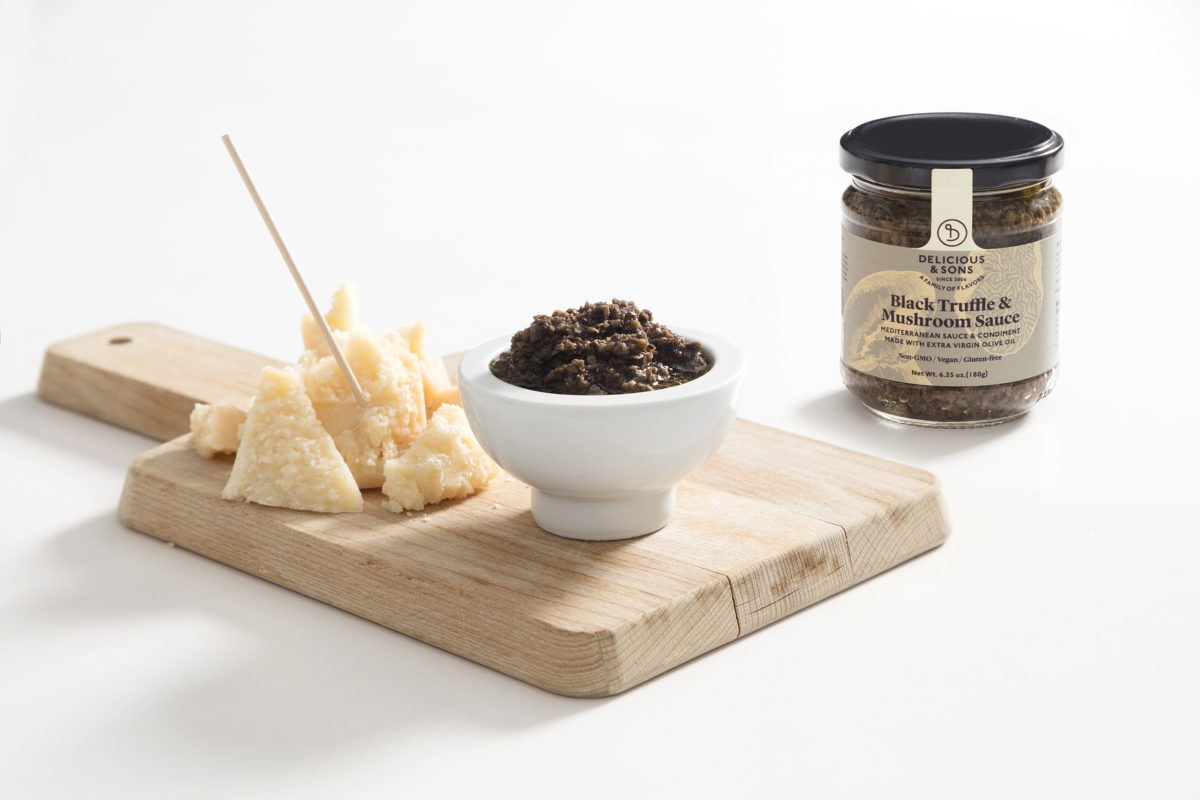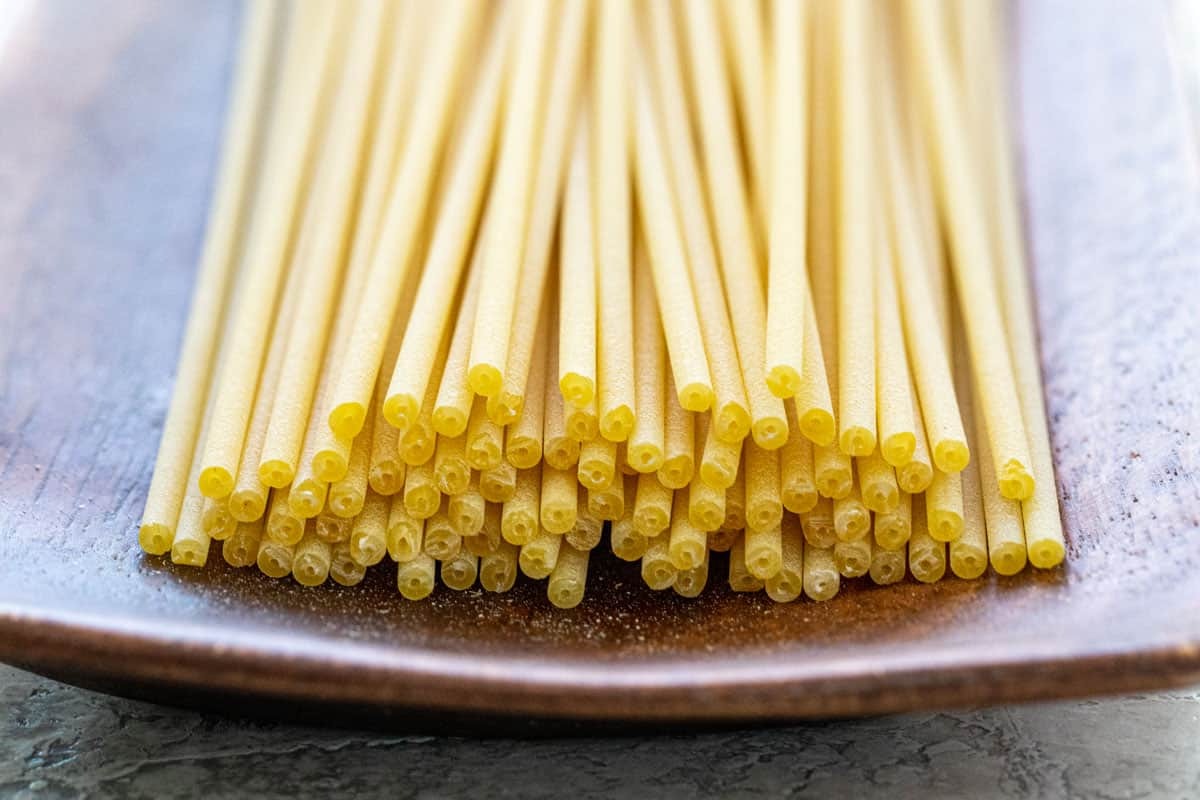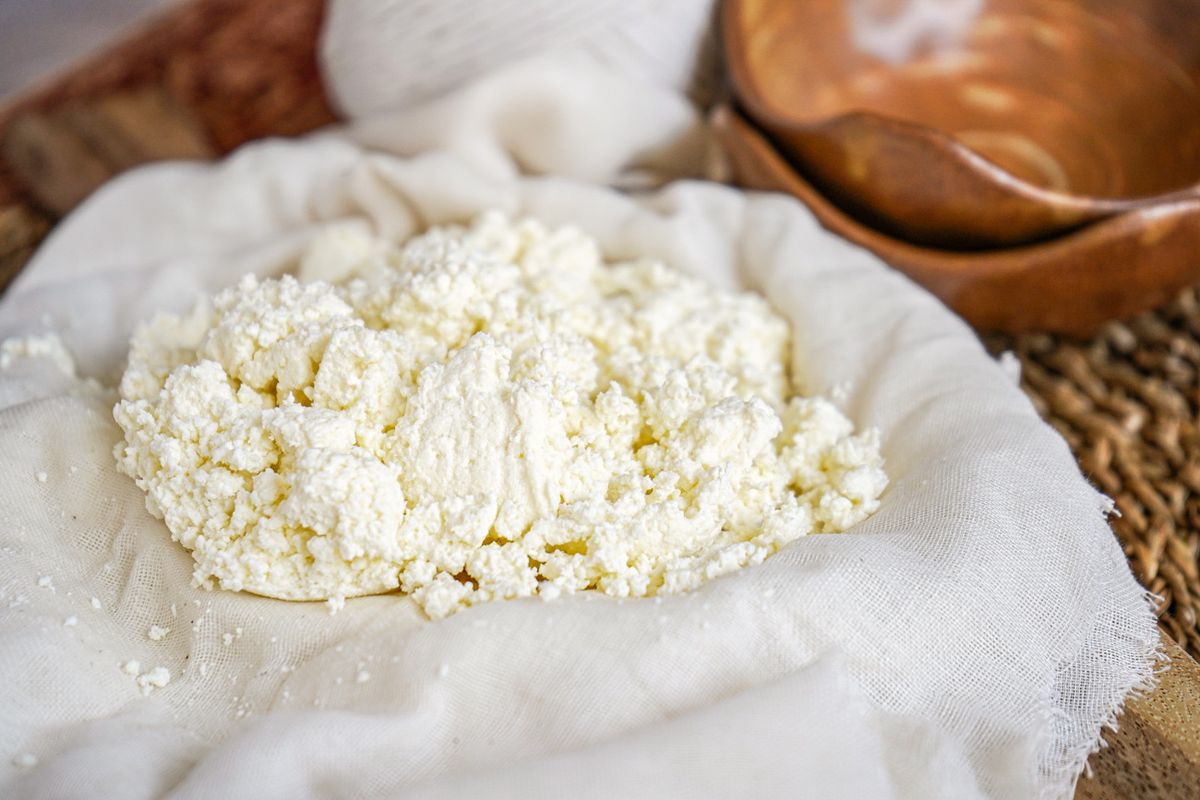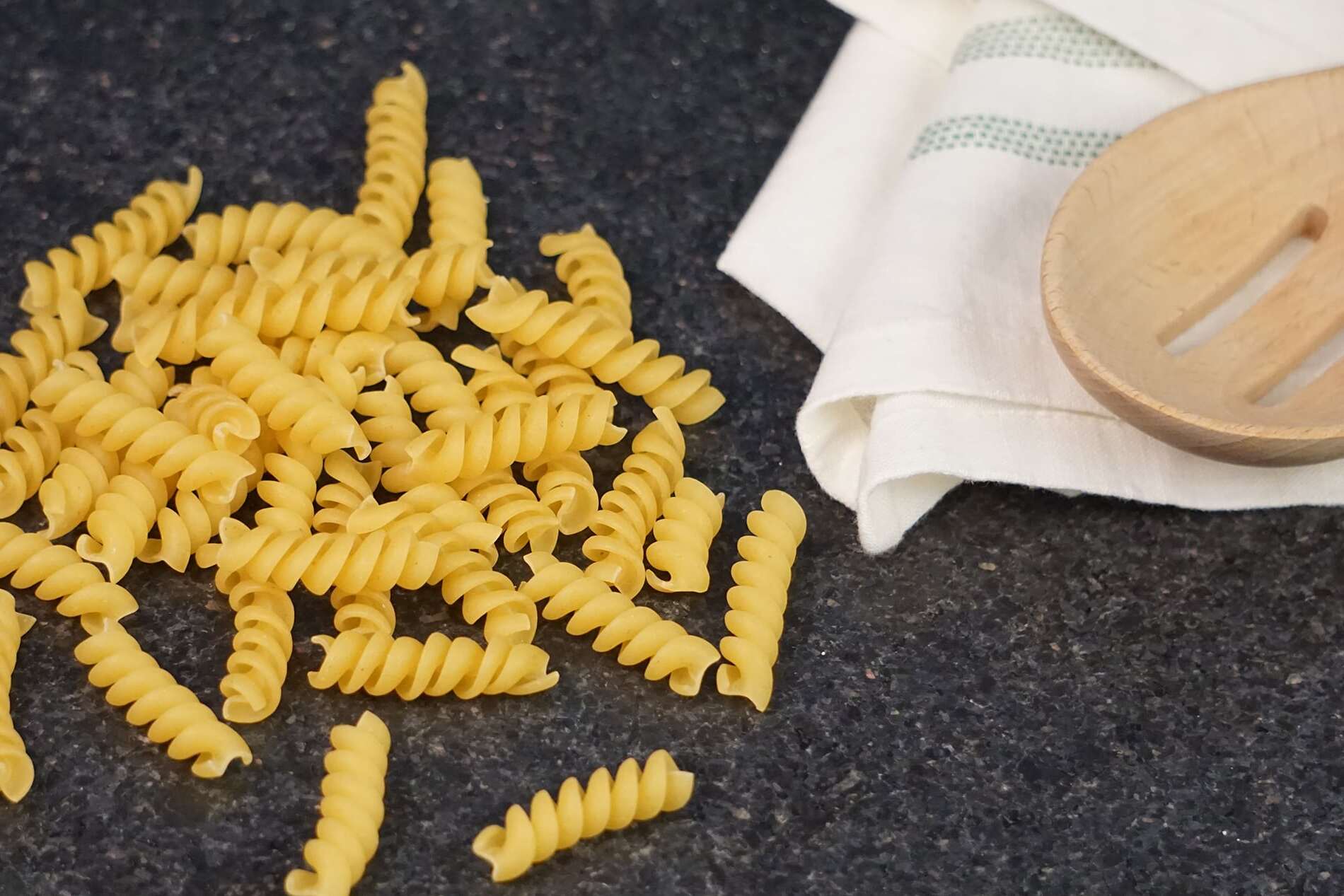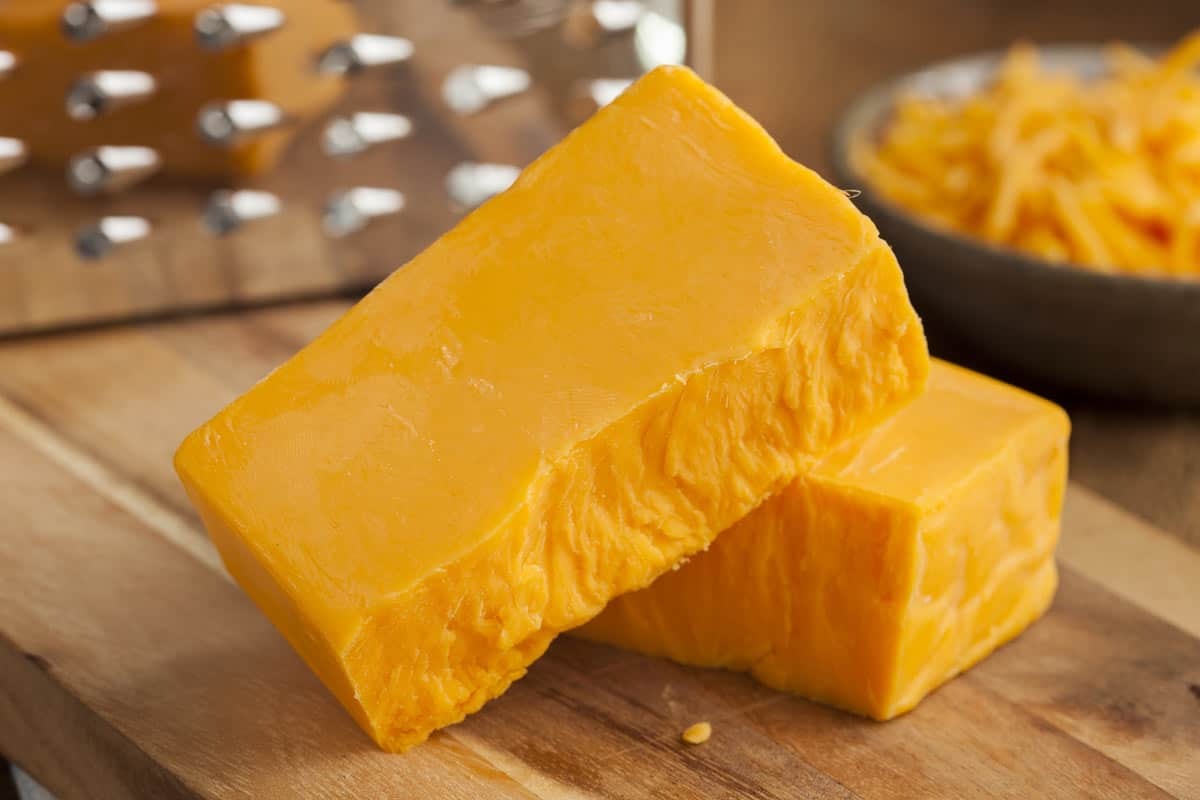When it comes to Italian cuisine, there are countless delicious sauces that add flavor and depth to pasta dishes. One such sauce that has gained popularity is Romana sauce. If you're wondering what Romana sauce is and how it differs from other Italian sauces, you've come to the right place. In this article, we'll explore the origins of Romana sauce, its key ingredients, and how it can be used to elevate your culinary creations.
Origins of Romana Sauce
Romana sauce, also known as "sugo alla romana" in Italian, hails from the Lazio region of Italy, which includes the capital city of Rome. This rich and savory sauce is a staple in Roman cuisine and is often paired with pasta dishes such as spaghetti or fettuccine. The sauce is beloved for its robust flavors and ability to complement a variety of ingredients.
Key Ingredients
Romana sauce typically features a base of tomatoes that are simmered with aromatic ingredients to create a deeply flavorful sauce. Some of the key ingredients found in Romana sauce include:
- Tomatoes: Whether in the form of fresh, canned, or pureed tomatoes, this ingredient forms the foundation of Romana sauce.
- Pancetta or Guanciale: These cured meats add a rich, savory flavor to the sauce.
- Onions and Garlic: These aromatic vegetables provide depth and complexity to the sauce.
- White Wine: A splash of white wine adds acidity and brightness to the sauce.
- Herbs: Common herbs used in Romana sauce include parsley, basil, and oregano, which infuse the sauce with fragrant notes.
How to Use Romana Sauce
Romana sauce is incredibly versatile and can be used in a variety of dishes beyond pasta. Here are a few creative ways to incorporate Romana sauce into your cooking:
- Classic Spaghetti alla Carbonara: Use Romana sauce as the base for a traditional spaghetti alla carbonara, combining it with eggs, cheese, and pancetta for a creamy and indulgent pasta dish.
- Pizza Topping: Spread Romana sauce on pizza dough as a flavorful alternative to traditional marinara sauce, and top with your favorite cheeses and toppings for a delicious homemade pizza.
- Braised Chicken: Simmer chicken pieces in Romana sauce for a comforting and hearty main course, served with crusty bread or over creamy polenta.
Conclusion
In conclusion, Romana sauce is a beloved Italian sauce with deep roots in Roman cuisine. Its rich flavors and versatility make it a valuable addition to any home cook's repertoire. Whether used in classic pasta dishes or as a creative twist in other recipes, Romana sauce is sure to elevate your culinary creations with its savory and aromatic profile. So, the next time you're looking to add a taste of Italy to your cooking, consider reaching for a jar of Romana sauce and let its flavors transport you to the heart of Rome.
Was this page helpful?
Read Next: What Is A Wrap?



